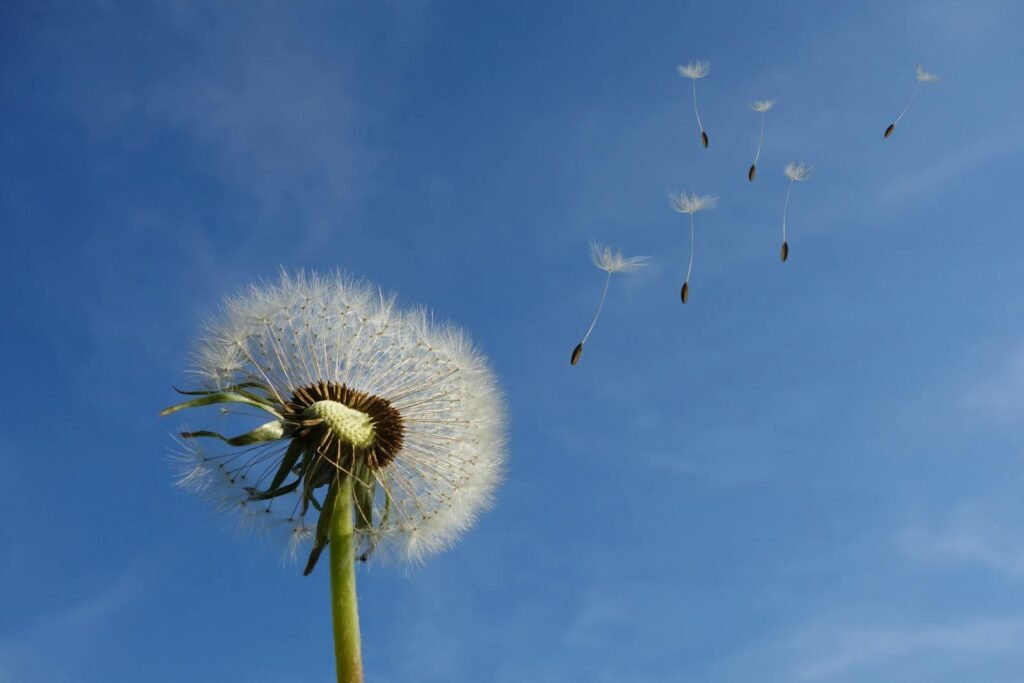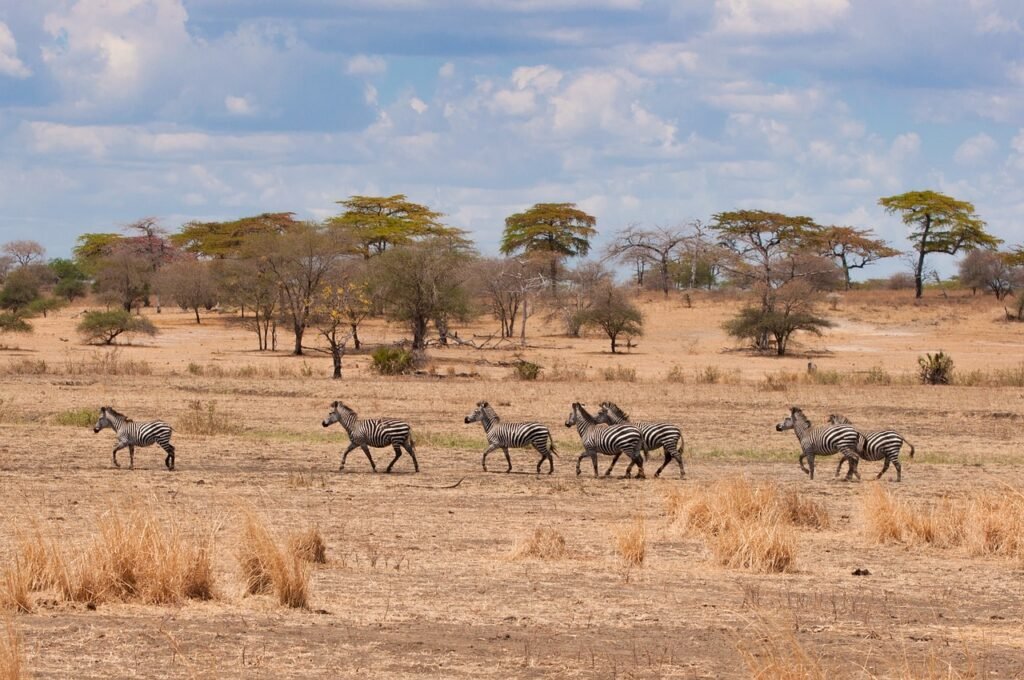Everyone remembers the first time a seed pod snaps under your fingers – the soft click, the sudden jolt, the tiny seeds flung like confetti. It feels mischievous, like the plant’s playing a prank, but there’s hard engineering buried in that moment. For centuries, people mistook these small blasts for botanical quirks when they are, in fact, precision-built launch systems. Scientists now see these “explosions” as finely tuned ways to conquer distance, dodge predators, and colonize new ground. The mystery is no longer whether plants explode, but how they convert growth and water into a split-second burst of kinetic power.
The Hidden Clues
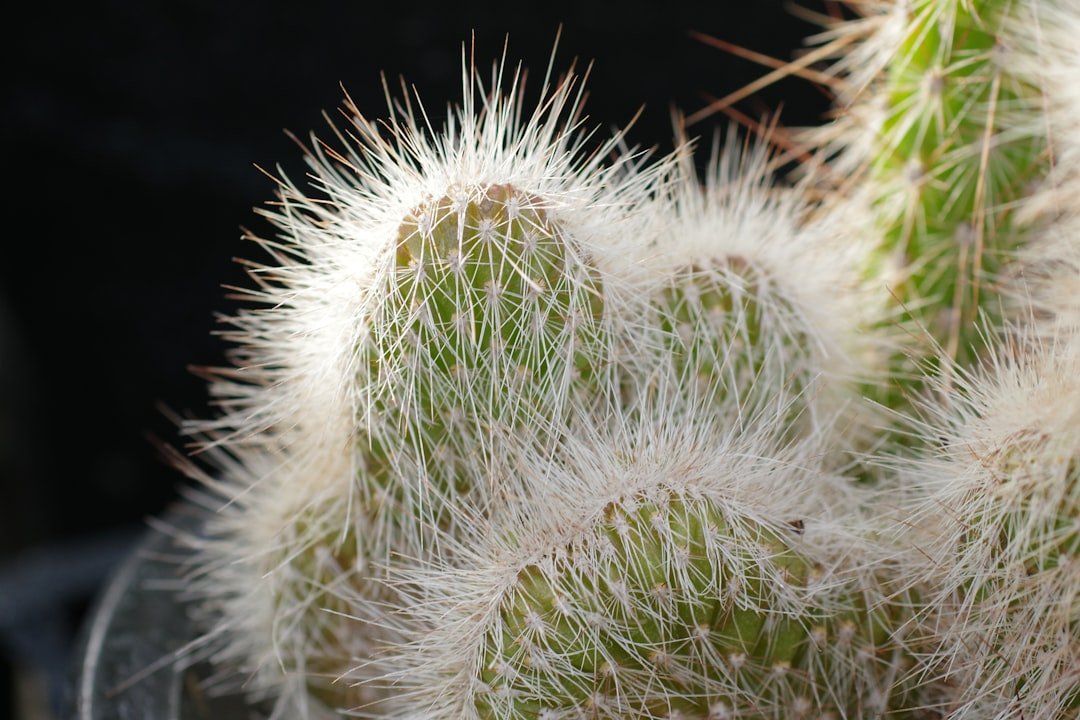
At first glance, a touch-me-not pod looks harmless – thin green skin, a neat seam, nothing to suggest stored fury. The clues hide in the pod’s architecture: layers of tissue that grow under tension, fibers aligned like spiraled springs, and seams pre-weakened to fail on cue. When that seam finally gives, the pod buckles and curls in a heartbeat, like a tape measure snapping back into its case. The result is a catapult, not a firecracker, and the seeds ride the whipping valves outward with surprising speed. Even the timing is strategic; humidity, temperature, and maturity thread together to decide the moment of detonation. What seems spontaneous is actually choreography under the skin.
From Ancient Tools to Modern Science
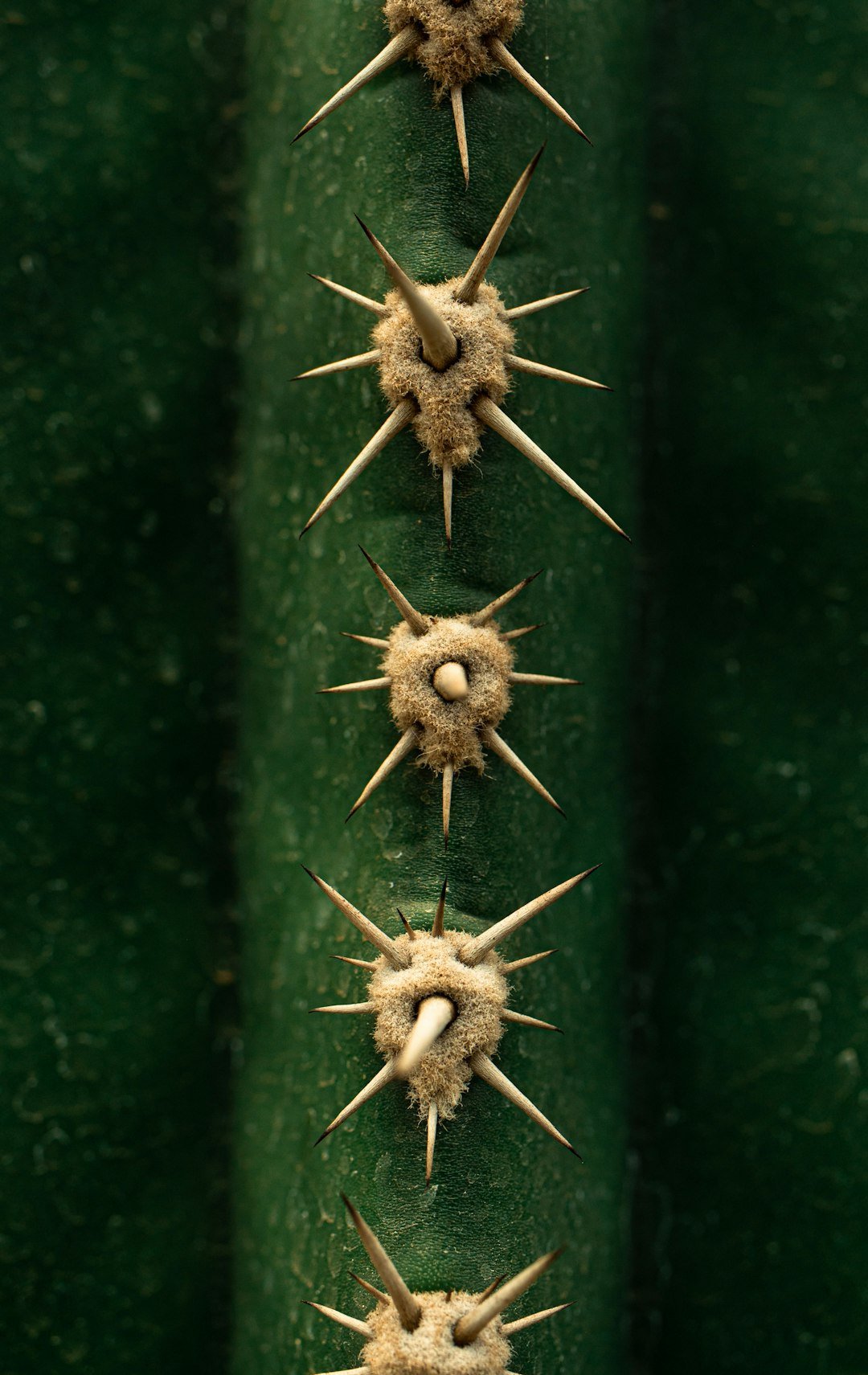
Naturalists once relied on simple sketches and startled eyes; now, high-speed cameras turn these micro-blasts into slow-motion epics. Frame by frame, you can watch hidden springs unfurl, measuring the exact acceleration and angle that launch each seed. Micro-CT scans trace fiber orientations through the pod wall, while mechanical tests probe how much energy those walls can store before they snap. Researchers build miniature models from layered films to mimic the coiling motion and test which patterns bend, rip, or fling best. Computer simulations then stitch all of that into a physics storyline, showing how growth, geometry, and stress create reliable motion from living matter. The technology doesn’t steal the magic; it reveals that magic is repeatable design.
The Mechanics in Slow Motion
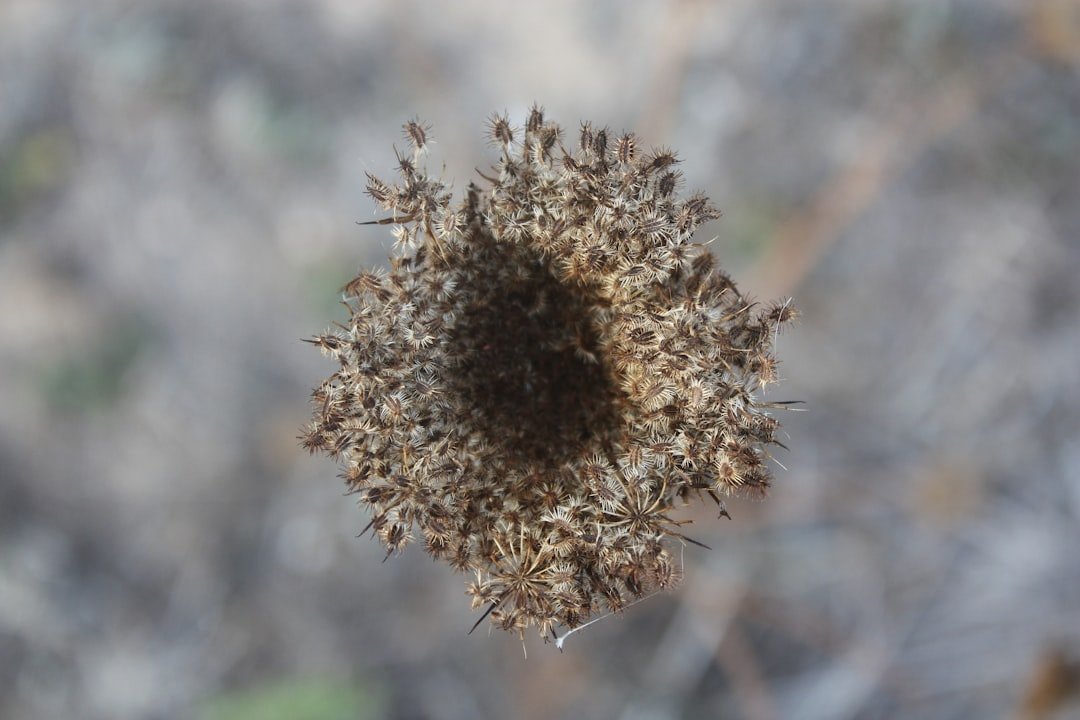
Explosive fruits rely on elastic energy, the same principle that makes a stretched rubber band fly when released. As the pod grows, microscopic cellulose fibers lock in tension, often arranged in crisscross or helical patterns that store stress quietly. The seam along the pod is engineered to fail first, turning release into motion instead of a flimsy tear. As the valves spring back, they curl or twist, turning straight walls into coiled ribbons that sweep seeds outward. Moisture matters: hydrated tissues swell, dry tissues contract, and the mismatch deepens stored strain until a tiny nudge triggers the whole device. That single touch, gust, or brush of a leaf is enough to flip the switch.
The Unlikely Arsenal
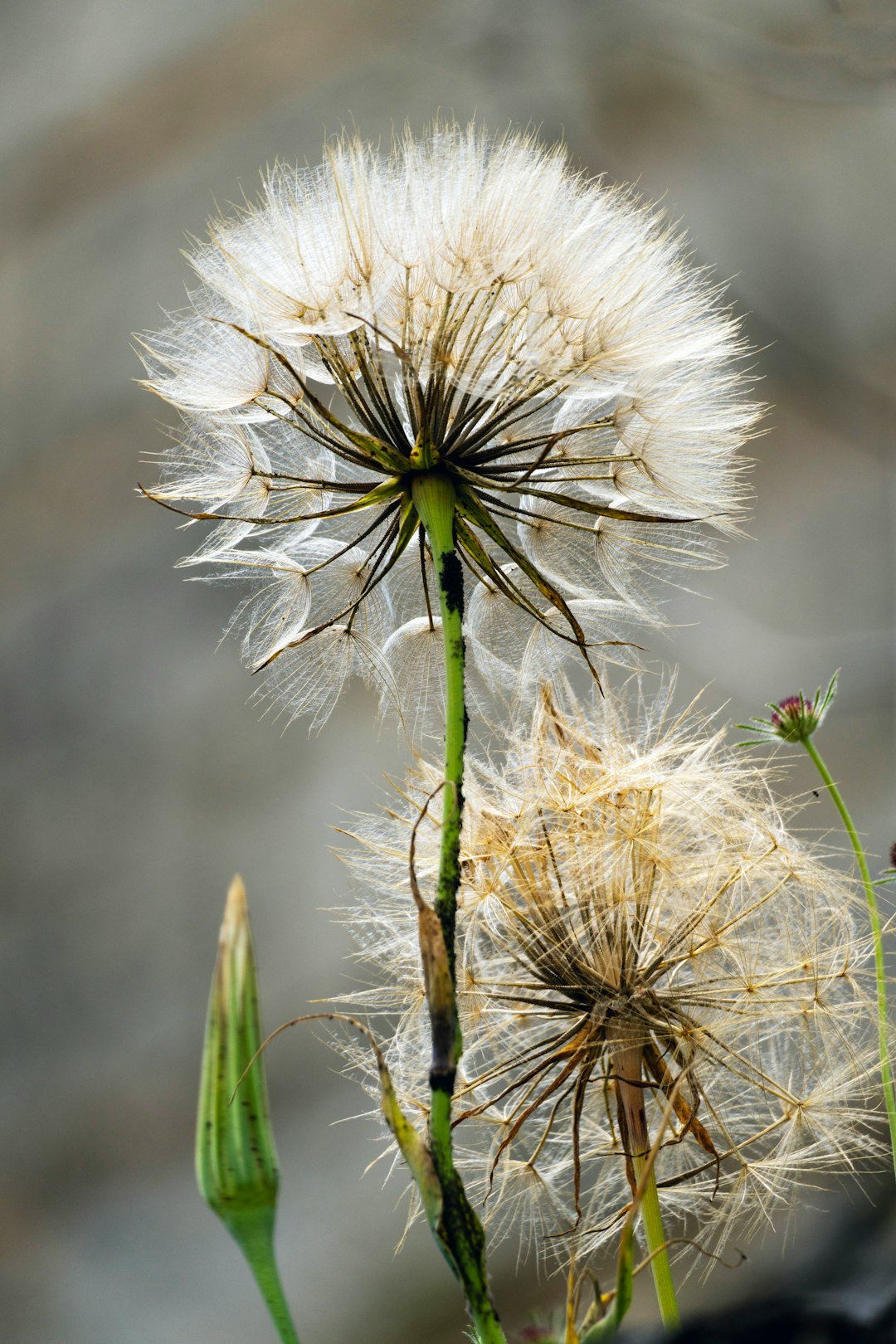
Touch-me-nots (Impatiens) get the headlines, but they are not alone; the plant kingdom hosts a spectrum of launch styles. Hairy bittercress packs its seeds into pods that peel with a sudden snap, a common surprise in backyard gardens. The squirting cucumber builds pressure inside a fleshy fruit and ejects a slurry of seeds several meters, spraying like a leaky hose under thumb. Tropical sandbox trees compress woody capsules until they rupture with a report and scatter seeds far beyond the parent’s shade. Dwarf mistletoes craft their own pressurized projectiles, flinging sticky seeds that glue themselves to new hosts. Consider the spread: several meters for garden species, dozens of meters for tropical dynamos – each a tailored answer to local hazards and opportunities.
- Ballistic pods: elastic coiling flings seeds rapidly and cleanly.
- Hydraulic jets: fluid pressure turns fruit into a living water gun.
- Fragmenting capsules: woody shells crack and scatter payloads widely.
- Sticky projectiles: adhesive coatings ensure seeds stick where they land.
Why It Matters
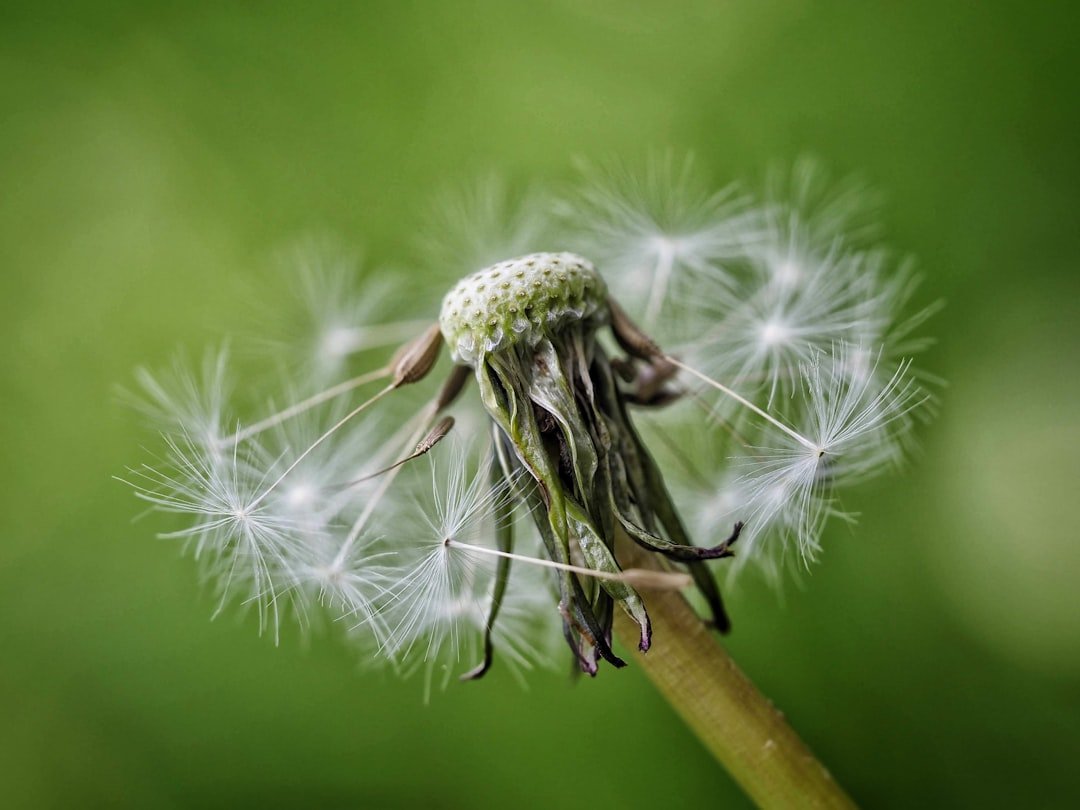
Seed dispersal shapes where forests recover after storms, how weeds invade new fields, and which species can track a shifting climate. Compared with wind-only dispersal, explosive launch gives seeds a running start beyond the parent’s competitive zone, improving odds of survival. Animals move seeds too, but that depends on behavior and luck; ballistic plants control their first step, setting trajectory and speed before the breeze or birds take over. The mechanics also spill into engineering: soft robots, energy-storing textiles, and deployable devices borrow ideas from the way pods coil and snap. Agriculture cares as well, since related mechanisms cause “pod shatter” in crops, spilling harvests onto the ground before combines arrive. Understanding these botanical launchers pays off from restoration planning to food security.
Global Perspectives
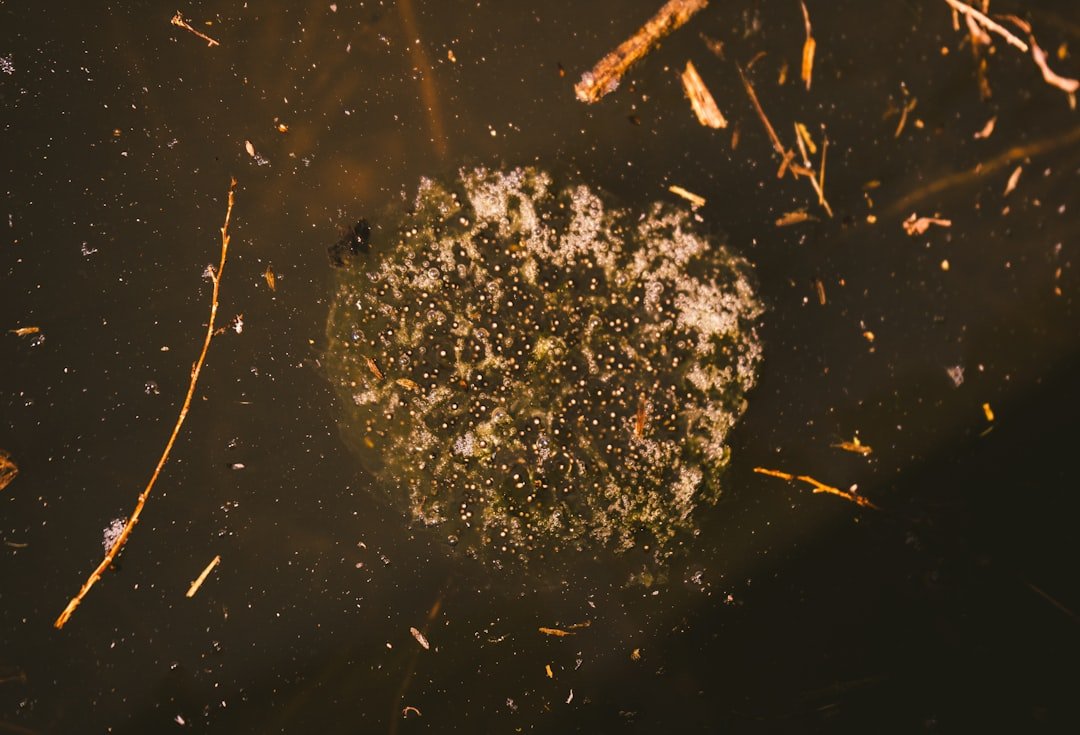
Although explosive plants live on every continent except Antarctica, their strategies echo local climates and histories. In damp forests, timing with humidity can keep pods quiet until a drier window opens, when seeds fly farther and stick less. In open fields, low canopies and steady breezes help ballistic seeds clear parental shade and ride ground-level winds. Cultural names can confuse things; “touch-me-not” often refers to sensitive plant that folds its leaves but doesn’t launch seeds, while Impatiens wear the same nickname for their snapping pods. Gardeners in temperate zones know the gentle pops of bittercress, while tropical residents learn to give certain trees a wide berth. The behavior is universal, but the details are intensely local.
From Ancient Tools to Modern Seeds
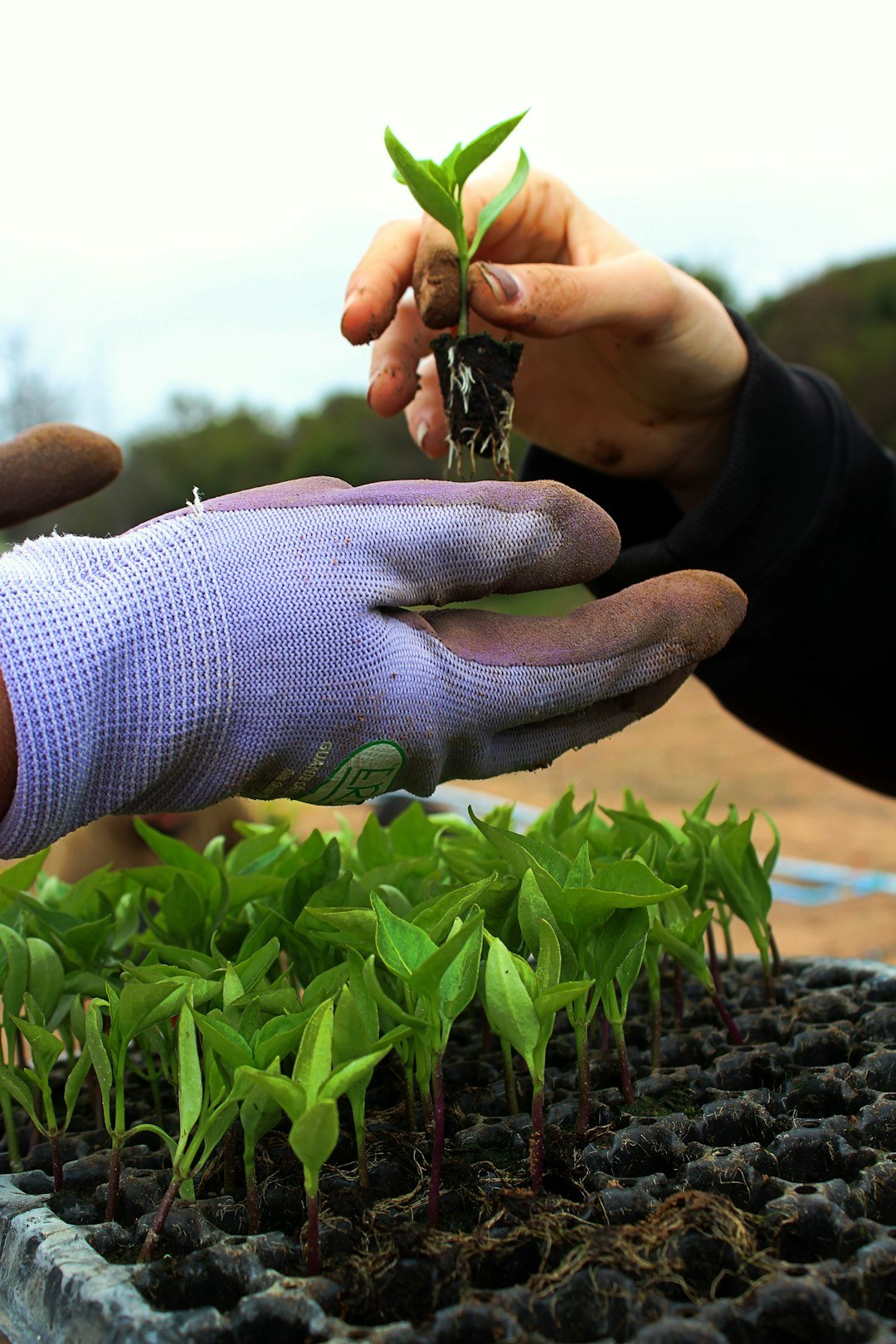
Long before high-speed cameras, farmers bred around nature’s spring-loaded tricks, selecting varieties that held their seeds longer. Modern plant biology has traced the genes and tissues that create pod seams and elastic walls, allowing breeders to dial down unwanted shattering in oilseed crops. Gene editing and marker-assisted selection now target those seam-forming pathways, aiming to keep most seeds attached until harvest without sacrificing yield. Field trials balance trade-offs: too little shatter and pods become harder to thresh; too much and harvest walks away with the wind. The same insights that explain a touch-me-not’s snap help protect rows of canola from splitting early. By decoding wild mechanics, agriculture is learning how to tame them.
The Future Landscape
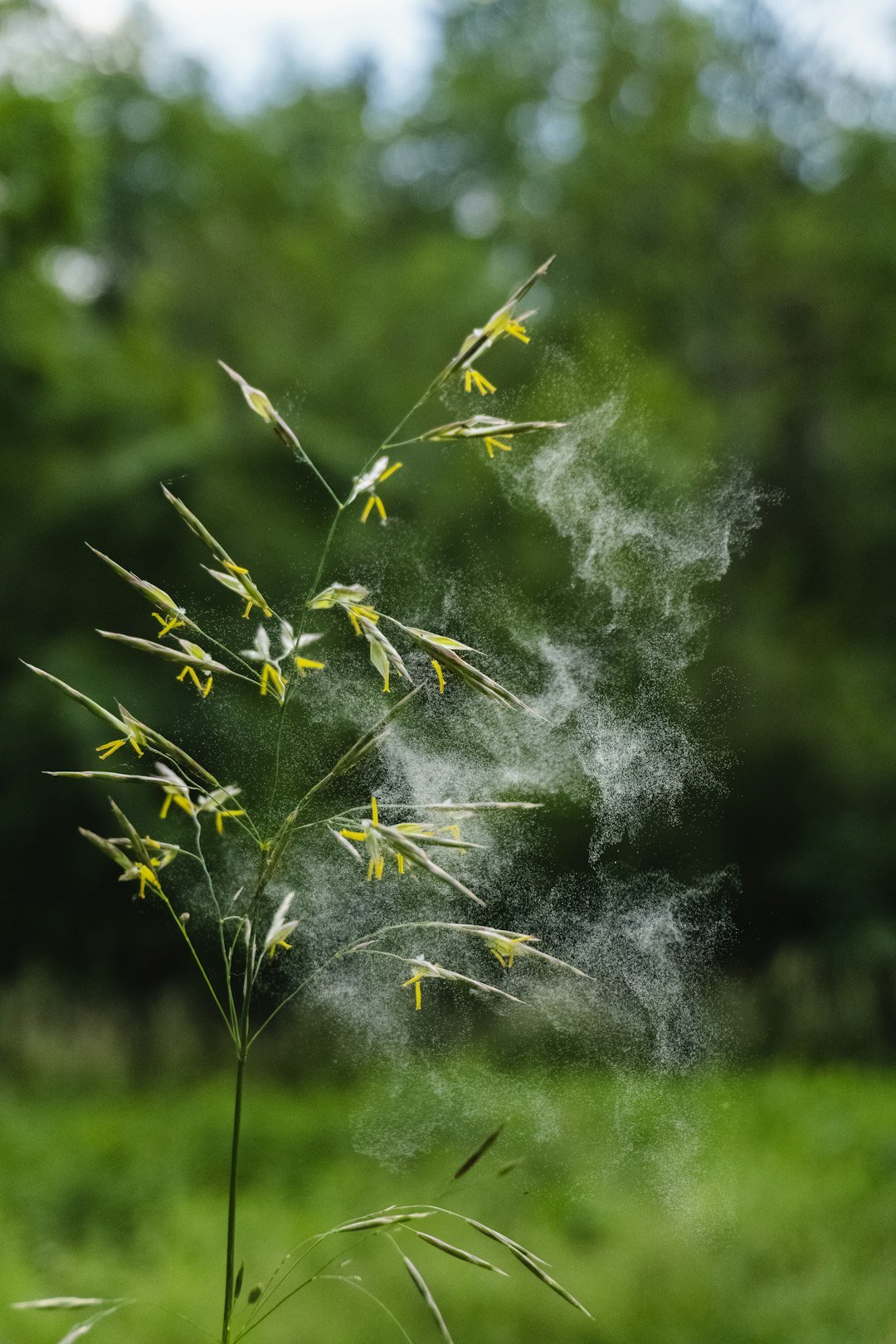
Tomorrow’s breakthroughs will likely merge biomechanics with microclimate forecasting, predicting when pods will pop based on humidity, temperature, and plant water status. Portable high-speed imaging – think phones paired with macro lenses – will flood datasets with real-world measurements of launch speed and angle. Materials scientists are already drawing on pod geometry to design springy composites that deploy without motors or batteries, perfect for tiny medical tools or space hardware. Ecologists, meanwhile, are modeling how more extreme heat waves and droughts could shift explosion timing and push species upslope or poleward. Expect to see seed dispersal maps updated with ballistic “boosts,” reflecting the extra distance achieved before wind or animals take over. The plants aren’t changing their playbook; the field they play on is.
How to See It Yourself
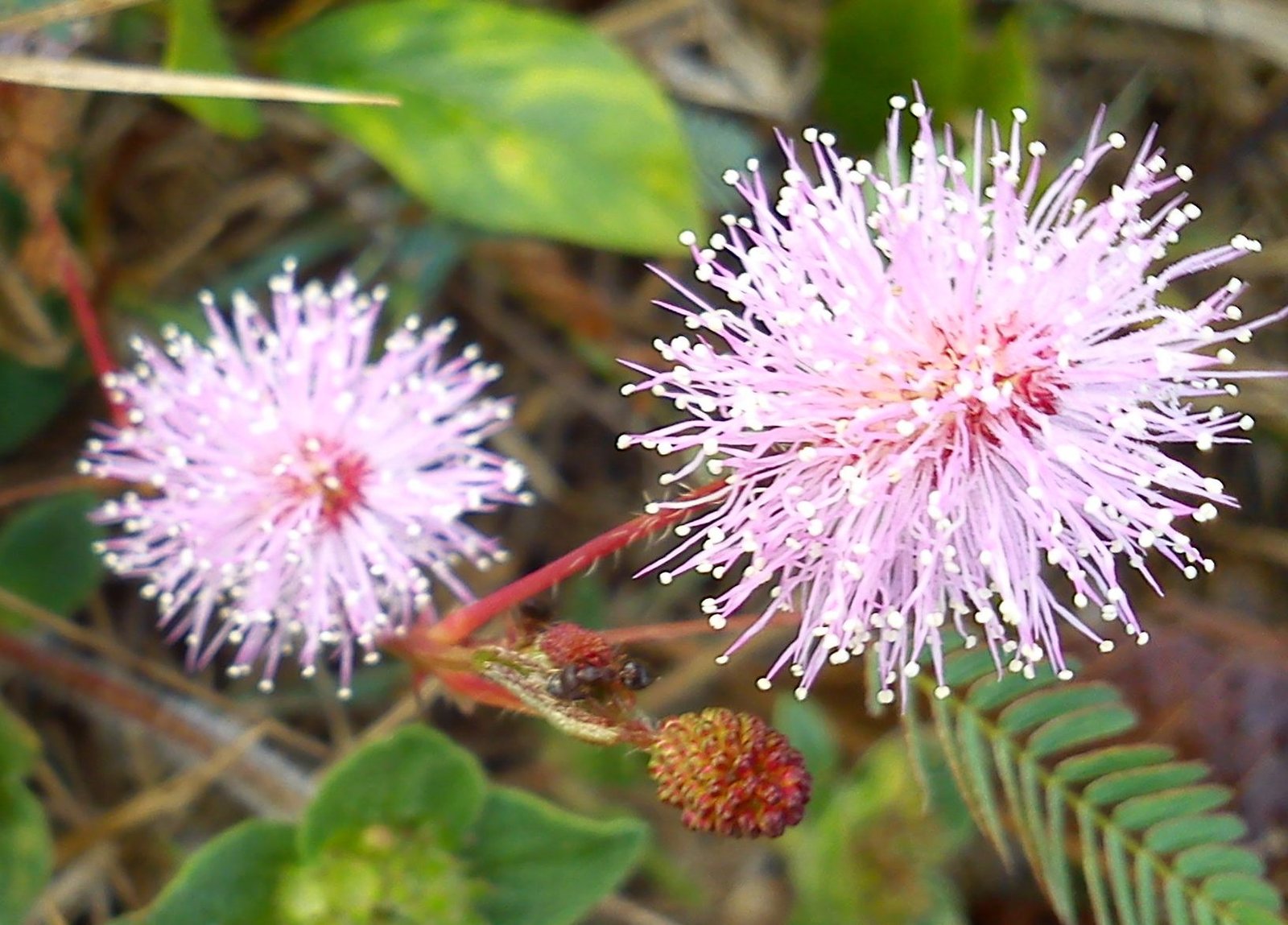
To witness a touch-me-not in action, look for ripe pods that feel taut, usually in late summer, and gently brush them with the back of a finger. Shield your eyes, collect seeds in a shallow tray, and note the direction and distance they travel for a quick backyard experiment. If you’re in a park or reserve, resist the urge to set off every pod – leave most to do their ecological job and keep your hands off rare species. Plant native Impatiens or similar annuals in pots to observe the phenomenon without spreading nuisance species into nearby habitats. Record launches in slow motion and share observations with local nature groups or community science platforms. You’ll come away with a deeper appreciation for how much power a small pod can hold.
Conclusion
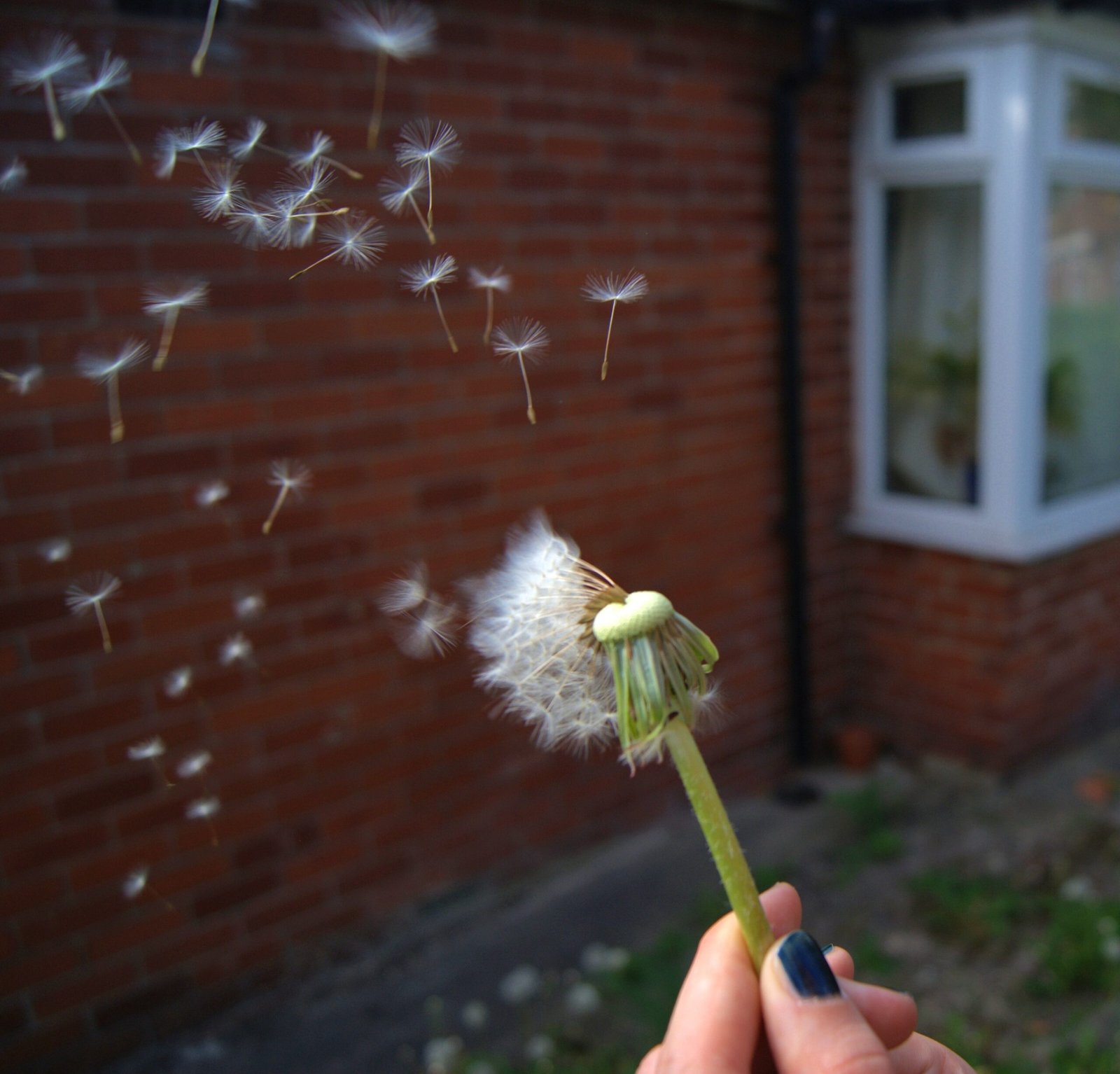
If this topic grabs you, start by learning which explosive species are native where you live and avoid planting invasive lookalikes. Volunteer with restoration projects that re-establish native seed banks, or support seed ecology research through botanical gardens and herbaria. Encourage schools and community centers to add seed-dispersal demos to science nights, using native plants and ethical collection guidelines. Garden with intention by choosing local species that feed pollinators and birds, and by deadheading weedy ballistic plants before they carpet your beds. Share slow-motion videos and simple observations so more people see the hidden mechanics at work. Small actions multiply quickly – just like seeds riding a well-timed snap.

Suhail Ahmed is a passionate digital professional and nature enthusiast with over 8 years of experience in content strategy, SEO, web development, and digital operations. Alongside his freelance journey, Suhail actively contributes to nature and wildlife platforms like Discover Wildlife, where he channels his curiosity for the planet into engaging, educational storytelling.
With a strong background in managing digital ecosystems — from ecommerce stores and WordPress websites to social media and automation — Suhail merges technical precision with creative insight. His content reflects a rare balance: SEO-friendly yet deeply human, data-informed yet emotionally resonant.
Driven by a love for discovery and storytelling, Suhail believes in using digital platforms to amplify causes that matter — especially those protecting Earth’s biodiversity and inspiring sustainable living. Whether he’s managing online projects or crafting wildlife content, his goal remains the same: to inform, inspire, and leave a positive digital footprint.

